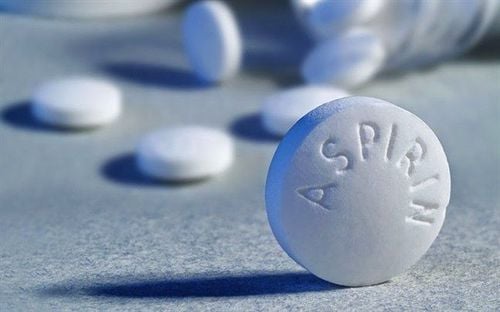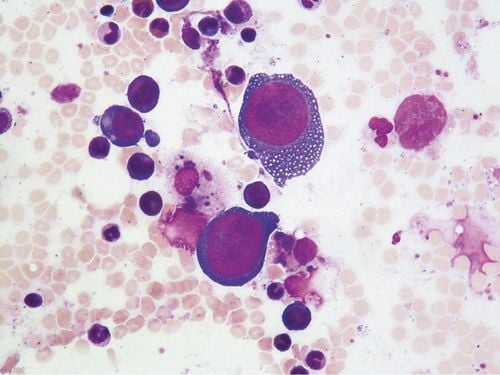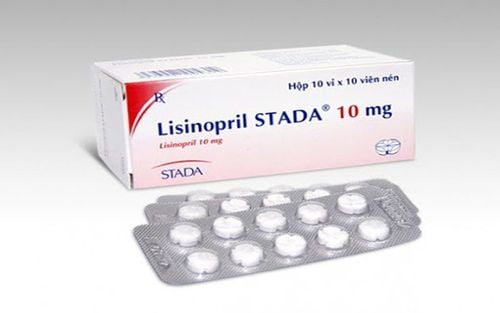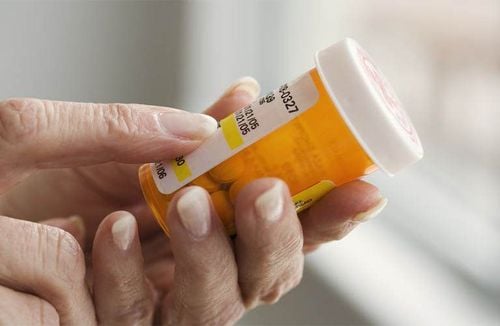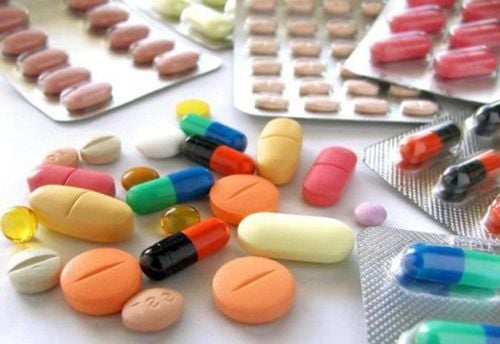This is an automatically translated article.
The article is professionally consulted by Doctor II Nguyen Quoc Viet - Department of Medical Examination & Internal Medicine - Vinmec Da Nang International General Hospital
Cardiogenic shock is one of the major causes of death, although it is a dangerous disease, very few people know about it. With immediate treatment, about half of people with cardiogenic shock survive.
1. What is cardiogenic shock (cardiogenic shock)?
Cardiogenic shock (also called cardiogenic shock) is a state of severe hypoperfusion in target organs and tissues due to decreased cardiac output. This is a very dangerous condition, if not treated promptly, the mortality rate can be up to 40-50%.
In fact, up to 80% of patients with cardiogenic shock are due to acute myocardial infarction. Most patients with cardiogenic shock have multiple coronary artery lesions.
The rate of myocardial infarction patients with cardiogenic shock also accounts for about 5 -15%, while the rate of cardiogenic shock in patients with acute heart failure is only about 4%.
2. Clinical manifestations of cardiogenic shock
Pale face, purple extremities, on the skin there are bruises, pressing on, it fades and slowly returns to the same. The temperature drops, the skin is cold. cold, sweaty. Systolic blood pressure < 90 mmHg or vasopressor therapy to maintain systolic blood pressure ≥ 90 mmHg, for > 30 minutes, due to decreased cardiac output. Pulmonary congestion or increased left ventricular filling pressure. Cardiogenic shock (acute heart failure, tamponade) is often accompanied by: distended neck veins, acute pulmonary edema. Shock with renal failure, increased blood volume. Tachypnea leads to a decrease in CO2, followed by rapid shallow breathing.
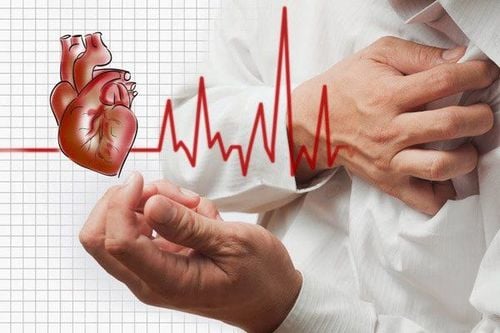
3. Treatment protocol for cardiogenic shock
When seeing an emergency patient presenting with cardiogenic shock, it is necessary to quickly determine the patient's cardiogenic status, excluding other causes of low blood pressure. Management of cardiogenic shock includes monitoring of the body's vital signs, administration of vasopressors, mechanical measures to support circulation, and treatment of the cause.
3.1. Closely monitor vital signs
Oxygen: Provide adequate supplies, if patient is breathing well, give nasal passages, if patient has arrhythmia or severe respiratory failure intubate and for proper ventilation. Establish an intravenous line. Place a central venous catheter for monitoring, preferably with Swan-Ganz, to monitor cardiac output and pulmonary artery occlusion pressure. Monitor arterial oxygen saturation. Monitor urine output (catheterization). Ensure good volume of circulation so that right atrial pressure is 10-14 mmHg and PAWP is 18-20 mmHg. Management of acid-base and water-electrolyte disorders. Hemodynamic monitoring: In the treatment of cardiogenic shock, hemodynamic monitoring is the decisive factor for timely adjustment and intervention. 3.2. Use of vasopressors
Commonly used drugs are:
Vasopressors: Dobutamine, Dopamine, Noradrenaline Vasodilators: Usually Nitroglycerin infusion Cardiac drugs: Digitalis should not be used in acute myocardial infarction with cardiogenic shock despite severe left ventricular failure because this drug increases the risk of arrhythmias and increases mortality. In other cases where there is heart failure due to valvular heart disease or cardiomyopathy accompanied by atrial fibrillation, Digitalis is indicated. Drugs that increase myocardial contractility by inhibiting Phosphodiesterase (Milrinone, Amrinone) may be used in severe heart failure. Diuretics: Furosemide, intravenous bumetanide. 3.3. Use of circulatory mechanical support measures
Can use retrograde balloon pump in the aorta, defibrillator, external cardiopulmonary machine to provide mechanical support to the patient.

3.4. Treat the cause
In case the patient has an acute myocardial infarction: When cardiogenic shock occurs, the measures of coronary artery reperfusion are more urgent:
Thrombolytic drugs. Interventional coronary arteries. Surgery to make the master-coronary bridge. Other causes: Need to be treated aggressively according to the cause:
Patients with acute tamponade must be identified and drained immediately. Patients with valvular heart disease need surgical repair or replacement of the heart valve. Acute myocarditis or cardiomyopathy is still a dilemma, the treatment is still difficult, mainly symptomatic treatment. Therefore, when patients have symptoms of cardiogenic shock, acute myocarditis should go to the hospital for early medical examination, not subjectively buy self-treatment drugs. When visiting the hospital, doctors will measure electrocardiogram, echocardiogram in combination with clinical symptoms, diagnose early, and promptly treat patients.
Vinmec International General Hospital provides customers with a Cardiovascular screening package including general tests, echocardiogram, electrocardiogram, blood pressure holter to help check and screen for problems in a timely manner. cardiovascular disease.
Please dial HOTLINE for more information or register for an appointment HERE. Download MyVinmec app to make appointments faster and to manage your bookings easily.





